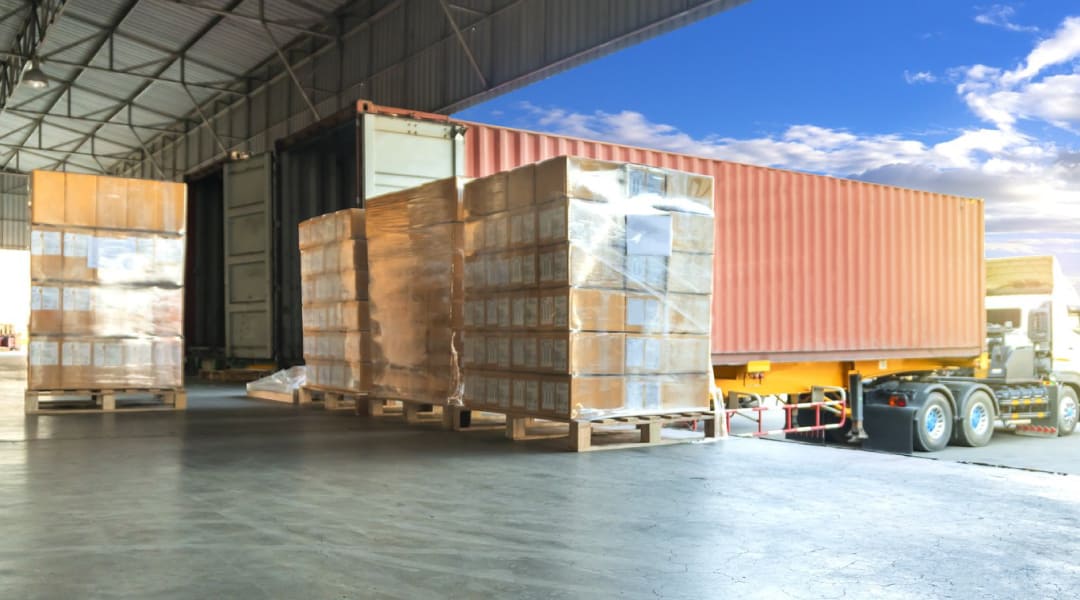Call Us :8615298359310
Call Us :8615298359310
Key Performance Indicators (KPIs) serve as fundamental tools for measuring success and driving continuous improvement.
However, not all warehouses are created equal, and the KPIs that matter most can vary significantly depending on the specific type and function of a warehouse.
This article takes a glimpse into the dynamics of warehousing, emphasizing the importance of tailored KPI metrics for specific operational models and trying to provide certain demure insights on implementing effective performance-tracking strategies.

Core KPIs Across All Warehouse Types
Regardless of the warehouse type, certain fundamental KPIs are universally applicable and crucial for monitoring overall performance:
1.Inventory Accuracy This metric measures the discrepancy between recorded inventory levels and actual physical stock. A high inventory accuracy rate is essential for: • Preventing stockouts and overstock situations • Ensuring efficient order fulfillment • Reducing carrying costs Calculation: (Actual Stock / Recorded Stock) x 100
2.Order Fulfillment Rate This KPI tracks the percentage of orders successfully completed and shipped on time. It directly impacts customer satisfaction and reflects the warehouse's operational efficiency. Calculation: (Orders Fulfilled on Time / Total Orders) x 100
3.Warehouse Capacity Utilization This metric assesses how effectively the available storage space is being used. Optimal capacity utilization leads to: • Improved space efficiency • Reduced storage costs • Enhanced picking efficiency Calculation: (Used Storage Space / Total Available Storage Space) x 100
3PL Warehouse KPIs
Third-party logistics (3PL) warehouses face unique challenges due to their diverse client base and service offerings. Key KPIs for 3PL operations include:
1.Customer Satisfaction Metrics • Net Promoter Score (NPS) • Client retention rate • Service level agreement (SLA) compliance
2.Cost Per Order This KPI helps 3PL providers optimize their pricing strategies and operational efficiency. Calculation: (Total Operational Costs / Number of Orders Processed)
3.On-Time Shipping Rate Crucial for maintaining client trust and ensuring end-customer satisfaction. Calculation: (Orders Shipped on Time / Total Orders Shipped) x 100
Automated Warehouse KPIs
As warehouses increasingly adopt automation technologies, specific KPIs become essential for monitoring the performance of these ASRS systems:
1.System Uptime Measures the percentage of time automated systems are operational. Calculation: (Operational Time / Total Available Time) x 100
2.Throughput Rate Tracks the number of units processed by automated systems within a given timeframe. Calculation: Number of Units Processed / Time Period
3.Error Reduction Metrics Compares error rates between automated and manual processes to justify automation investments. Calculation: (Errors in Automated Processes / Errors in Manual Processes) x 100

Logistics Warehouse KPIs
Logistics warehouses focus on efficient movement and distribution of goods. Key KPIs include:
1.Transportation Efficiency • On-time departure rate • Load utilization • Fuel efficiency
2.Cross-Docking Effectiveness Measures the speed and accuracy of cross-docking operations. Calculation: (Cross-Docked Items / Total Items Processed) x 100
3.Dock-to-Stock Time Tracks the time taken for received goods to be available for picking. Calculation: Average Time from Receipt to Stock Availability
Raw Material Warehouse KPIs
Raw material warehouses require specific KPIs to ensure efficient inventory management and quality control:
1.Stock Turnover Rate Indicates how quickly raw materials are used in production. Calculation: (Cost of Goods Sold / Average Inventory Value)
2.Supplier Performance • On-time delivery rate • Quality compliance • Lead time consistency
3.Quality Control Metrics • Defect rate • Inspection time • Rejection rate
Intralogistics Process KPIs
Intralogistics processes are crucial for internal warehouse efficiency. Key metrics include:
1.Material Flow Efficiency Measures the smoothness of material movement within the warehouse. Calculation: (Actual Processing Time / Total Time in Warehouse) x 100
2.Pick Accuracy and Speed • Order picking accuracy rate • Units picked per hour • Average picking time per order
3.Internal Transport Optimization • Travel time between picking zones • Equipment utilization rate • Congestion reduction metrics
Implementing KPIs in Warehouse Management
To effectively leverage KPIs for performance improvement:
1.Choose the Right KPIs • Align KPIs with overall business objectives • Focus on metrics that drive actionable insights • Limit the number of KPIs to avoid information overload
2.Set Benchmarks and Goals • Establish realistic targets based on industry standards and historical data • Regularly review and adjust goals to drive continuous improvement
3.Utilize Technology for KPI Tracking
• Implement a reliable Warehouse Management System (WMS)
• Leverage data visualization tools for easy interpretation
• Consider IoT devices for real-time data collection
Conclusion
In conclusion, the key to successful warehouse management lies in selecting and monitoring the right KPIs for your specific operation.
Whether you're running a 3PL facility, an automated warehouse, or a raw material storage center, focusing on relevant metrics will provide the insights needed to optimize performance.
Staying adaptable and open to new KPIs evolved upon the rapid iterations of logistics equipment would help businesses grow in the competitive world of warehouse logistics.
Copyright © 2024 Jiangsu VISON Logistics Technology Co., Ltd. All Rights Reserved.  Network Supported
Network Supported
Sitemap | Blog | Xml | Privacy Policy